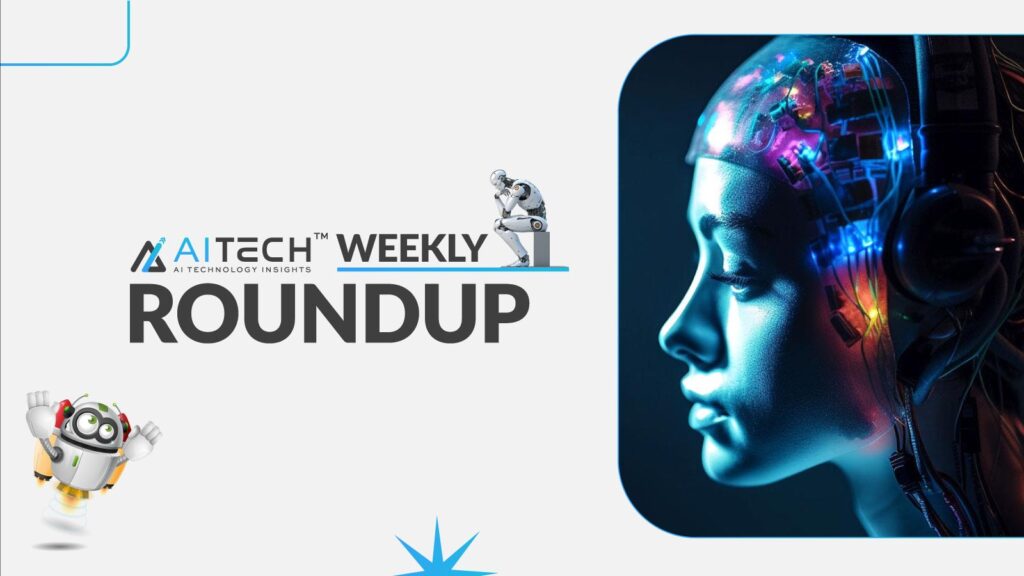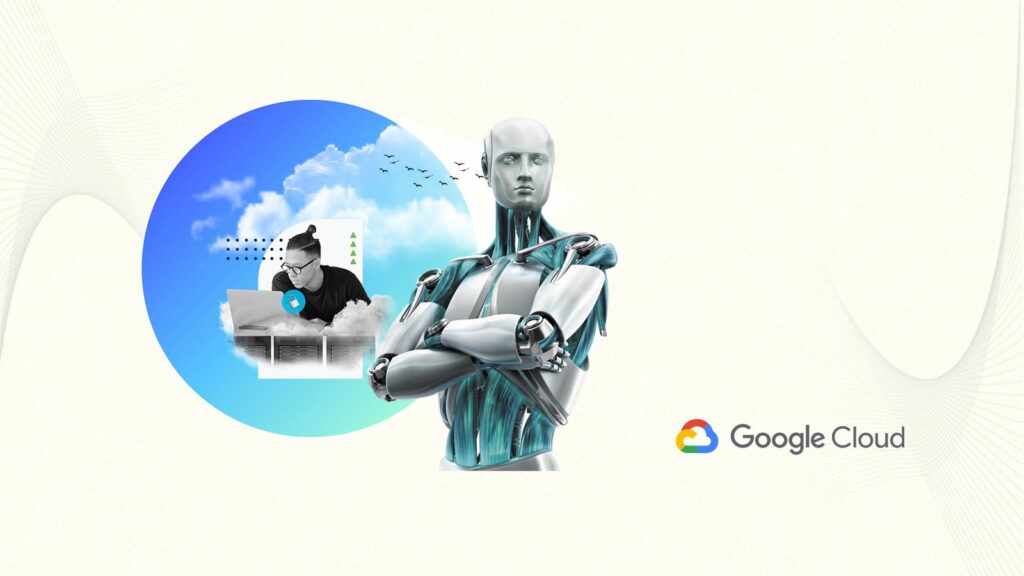The Software Supply Chain State of the Union 2025 Report Reveals “Quad-fecta” of Security Exploits, Mis-scored CVEs, Poor ML Model Governance, & more are Jeopardizing Trust in Newly Created Software
JFrog Ltd, the Liquid Software company and creators of the JFrog Software Supply Chain Platform, released the Software Supply Chain State of the Union 2025 report, which highlights emerging software security threats, evolving DevOps risks and best practices, and potentially explosive security concerns in the AI era.
“Many organizations are enthusiastically embracing public ML models to drive rapid innovation, demonstrating a strong commitment to leveraging AI for growth. However, over a third still rely on manual efforts to manage access to secure, approved models, which can lead to potential oversights,” said Yoav Landman, CTO and Co-Founder, JFrog. “AI adoption will only grow more rapidly. Thus, in order for organizations to thrive in today’s AI era they should automate their toolchains and governance processes with AI-ready solutions, ensuring they remain both secure and agile while maximizing their innovative potential.”
Managing and securing the software supply chain end-to-end is an imperative for delivering trusted software releases. By combining insights from over 1,400 development, security and operations professionals across the U.S., U.K., France, Germany, India and Israel, with developer usage data from JFrog’s 7K+ customers, alongside original CVE analysis by the JFrog Security Research team, the JFrog Software Supply Chain State of the Union 2025 report reveals why this task is often challenging for companies amidst the expanding and frenzied threat landscape faced in today’s AI era.
AI Authority Trend: Quantum Machines Joins NVIDIA’s Quantum Research Center to Drive Quantum Computing Breakthroughs
Key Report Findings Include:
- A “Quad-fecta” of Security Vulnerabilities are Threatening the Software Supply Chain: The top security factors impacting the integrity and safety of the software supply chain include: CVEs, malicious packages, secrets’ exposures, and misconfigurations/human errors. As an example, the JFrog Security Research Team detected 25,229 exposed secrets/tokens in public registries (up 64% YoY). The increasing complexity of software security threats are making it harder to maintain consistent software supply chain security.
- AI/ML Model Proliferation and Attacks are Growing: In 2024, more than 1 million new ML models were added to Hugging Face, with an accompanying 6.5x increase in malicious models, indicating AI and ML models are increasingly becoming a preferred attack vector for bad actors.
- Manual Governance of ML Models is Increasing Risk: Most companies (94%) are using certified lists to govern ML artifact usage, however over one-third (37%) of those rely on manual efforts to curate and maintain their lists of approved ML models. This overreliance on manual validation creates uncertainty around the accuracy and consistency of ML model security.
- Limited Security Scanning Leaving Blind Spots: Alarmingly, only 43% of IT professionals say their organization applies security scans at both the code and binary levels, leaving many organizations vulnerable to security threats only detectable at the binary level. This is down from 56% last year – a sign that teams still have huge blind spots when it comes to identifying and preventing software risk as early as possible.
AI Authority Trend: Cognizant Deploys Neuro AI with NVIDIA to Boost Enterprise AI Adoption
- Critical Vulnerabilities Continue to Rise and be Mis-scored: In 2024, security researchers disclosed over 33K new CVEs, a 27% increase from 2023, surpassing the 24.5% growth rate of new software packages. This trend raises concerns as the growing number of CVEs increases complexity and pressure on developers and security teams, potentially hindering innovation. Meanwhile, JFrog Security found that only 12% of high-profile CVEs rated “critical” (CVSS 9.0-10.0) by government organizations justify the critical severity level they were assigned because they are likely to be exploited by attackers.1 This pattern is troubling due to a centralized and unchanged scoring methodology over time, which heightens the risk of false positives in assessments and contributes to developers experiencing “vulnerability fatigue.”
“We uncovered a clear pattern by CVE scoring organizations to inflate scores and cause an unnecessary level of panic in the industry, sending developers scrambling on remediation efforts that often results in wasted cognitive and professional time,” said Shachar Menashe, Vice President of Security Research. “When DevSecOps teams are forced to remediate vulnerabilities that aren’t ultimately harmful, their everyday workflows are disrupted, which can lead to developer burnout and costly mistakes.”
The JFrog Software Supply Chain State of the Union 2025 report also outlines concerns around lack of code provenance visibility across the software supply chain, developers downloading open source software packages directly from public registries without filtering for vulnerabilities, the detriments of “security tool sprawl”, and more.
AI Authority Trend: Cisco to Deliver Secure AI Infrastructure With NVIDIA
Source: businesswire
To share your insights, please write to us at sudipto@intentamplify.com








